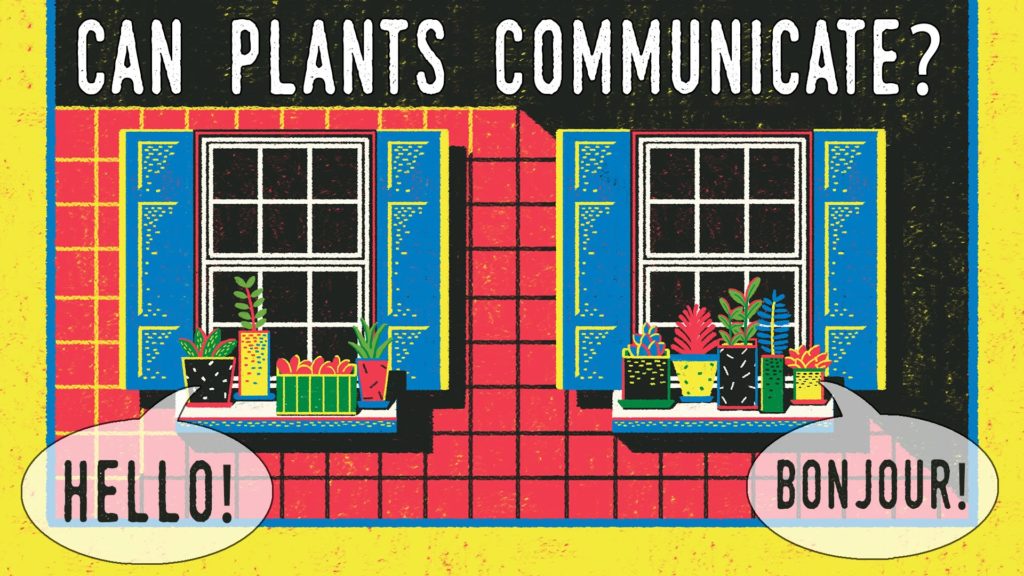Can plants talk to each other?

If you come back to house since it’s raining outside and see your mom leaving for the market. What will you do, won’t you inform her to take an umbrella with her?
We all know how to communicate with each other. Through different mediums we express ourselves, that is why humans are called as rational animals. But have you ever thought about the Plants, do they communicate with each other? And if they do so, then how?
Contents
Plants talking to each other
Yes, plants do communicate with each other even though they don’t possess complex sensory systems like humans. Plants like humans too produce chemical signals and share it with each other at the time when needed.
How do plants transmit their signals?
There are basically two paths which help in transmission of the messages by plants.
- Air
- Soil
Through Air
Some of us must have noticed the smell out of freshly cut grass. This smell is nothing but a type of chemical signal released by the plants when they are attacked by some insects.
Some kinds of plants like Sagebrush and Lima beans pick up these airborne messages and adjust their internal chemistry accordingly.
Experiment performed
In one experiment the leaves of a sagebrush plant were deliberately damaged by insect. Throughout the summer it was noticed that other leaves on the same plant and of the neighbouring plants got less eaten by the insects. This suggests that other plants had boosted up their anti insect defense.
These airborne cues improve the seedling survival and promotes other plants to produce new branches and flowers. Also different plants will convey their messages by releasing different set of alarm chemicals.
We can know how fluent two plants communicate with each other by seeing their chemical fingerprints. The more similar they are, the more fluent is their communication. Like tomato plants easily decipher the signals by sagebrush plant.
Through Soil
We know that many plants show symbiotic relationship with fungi which provide them with nutrients and water from soil.
The extensive network of filaments created by fungi acts as a underground highways for the transmission of signals from one plant to another. For example when a tomato plant responds to blight by activating disease fighting genes /enzymes, the signalling molecules produced by its immune system prompt healthy plants to strengthen their immunity.
Conclusion
Well after getting to know all this we can firmly say that plants are also very active communicators.






Responses